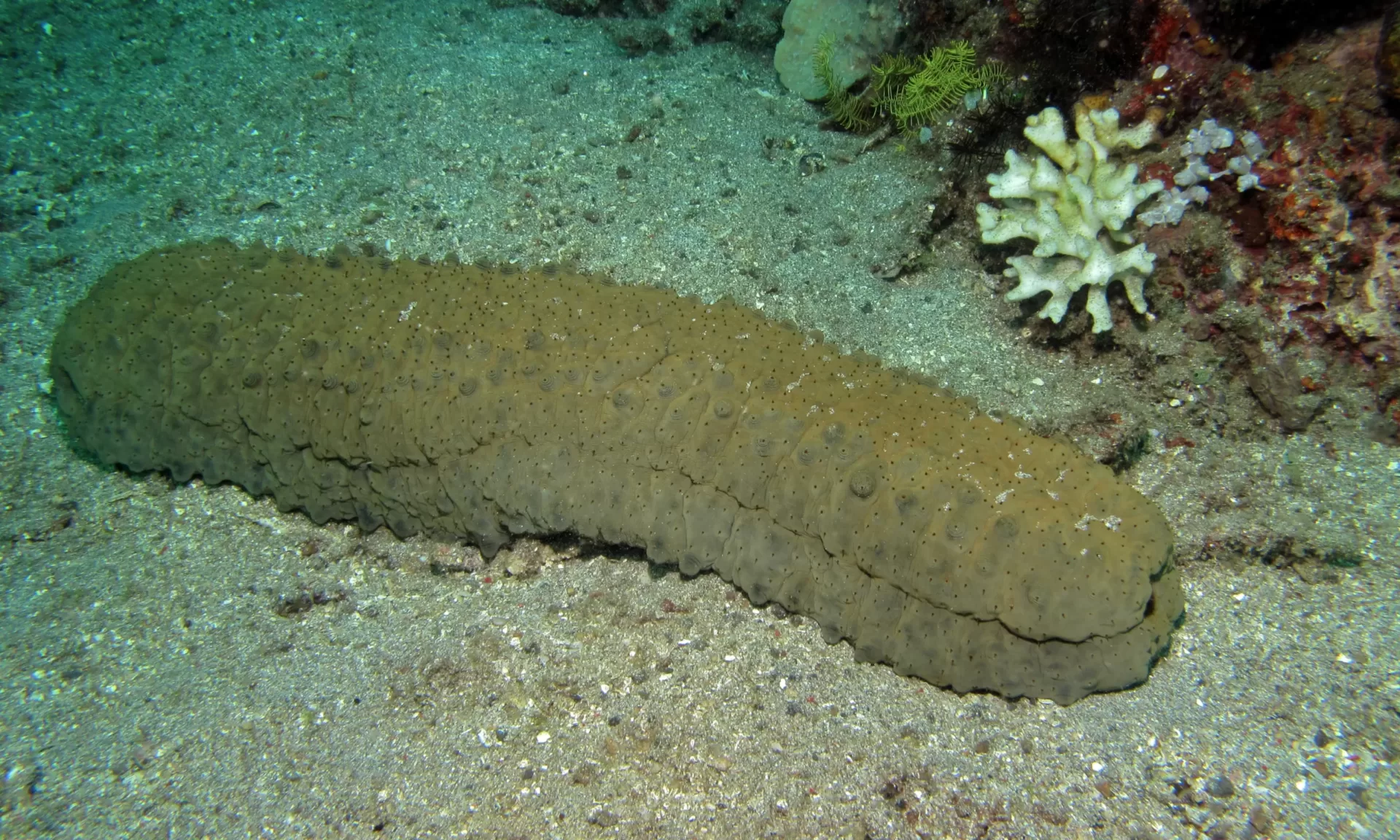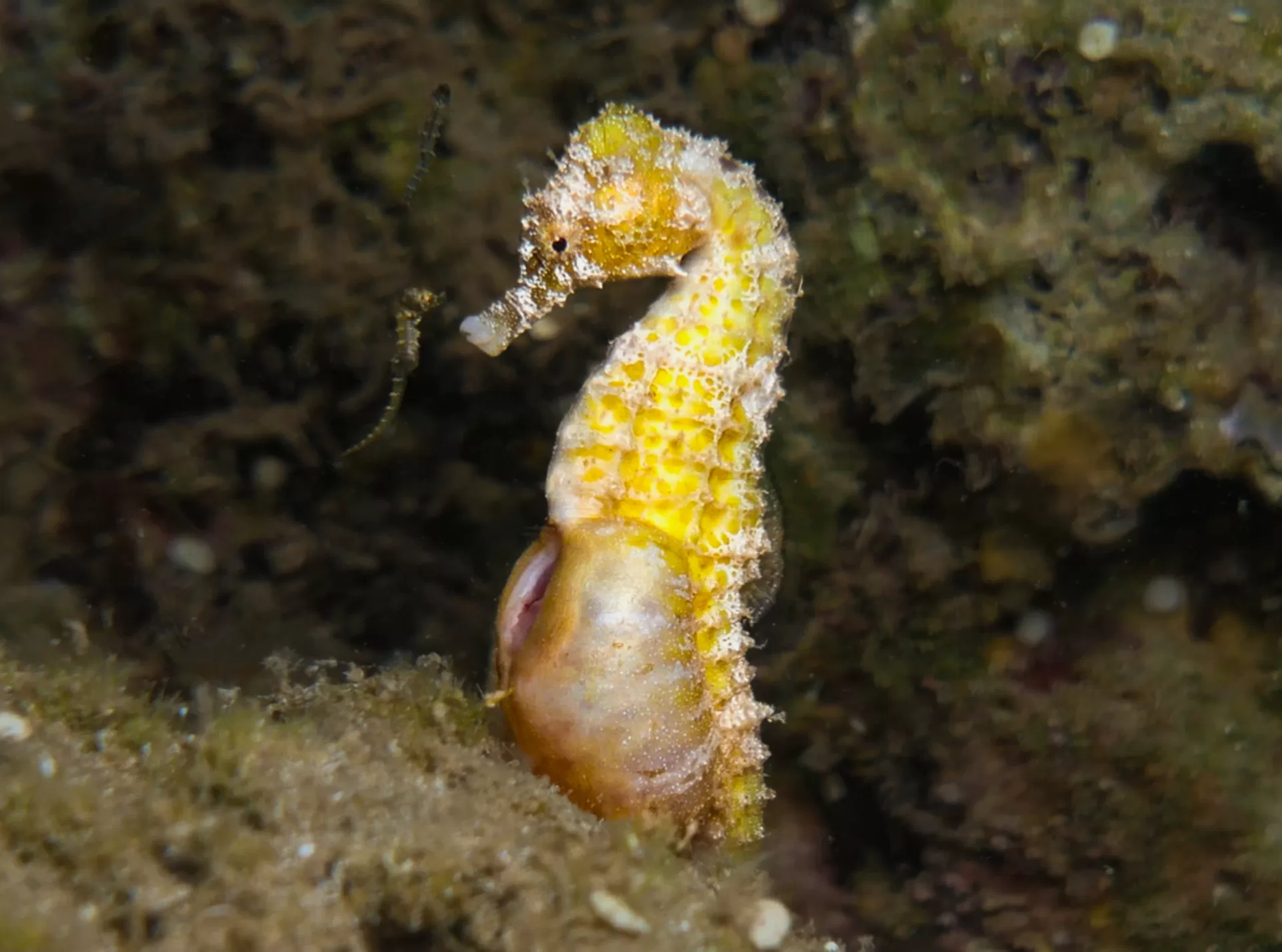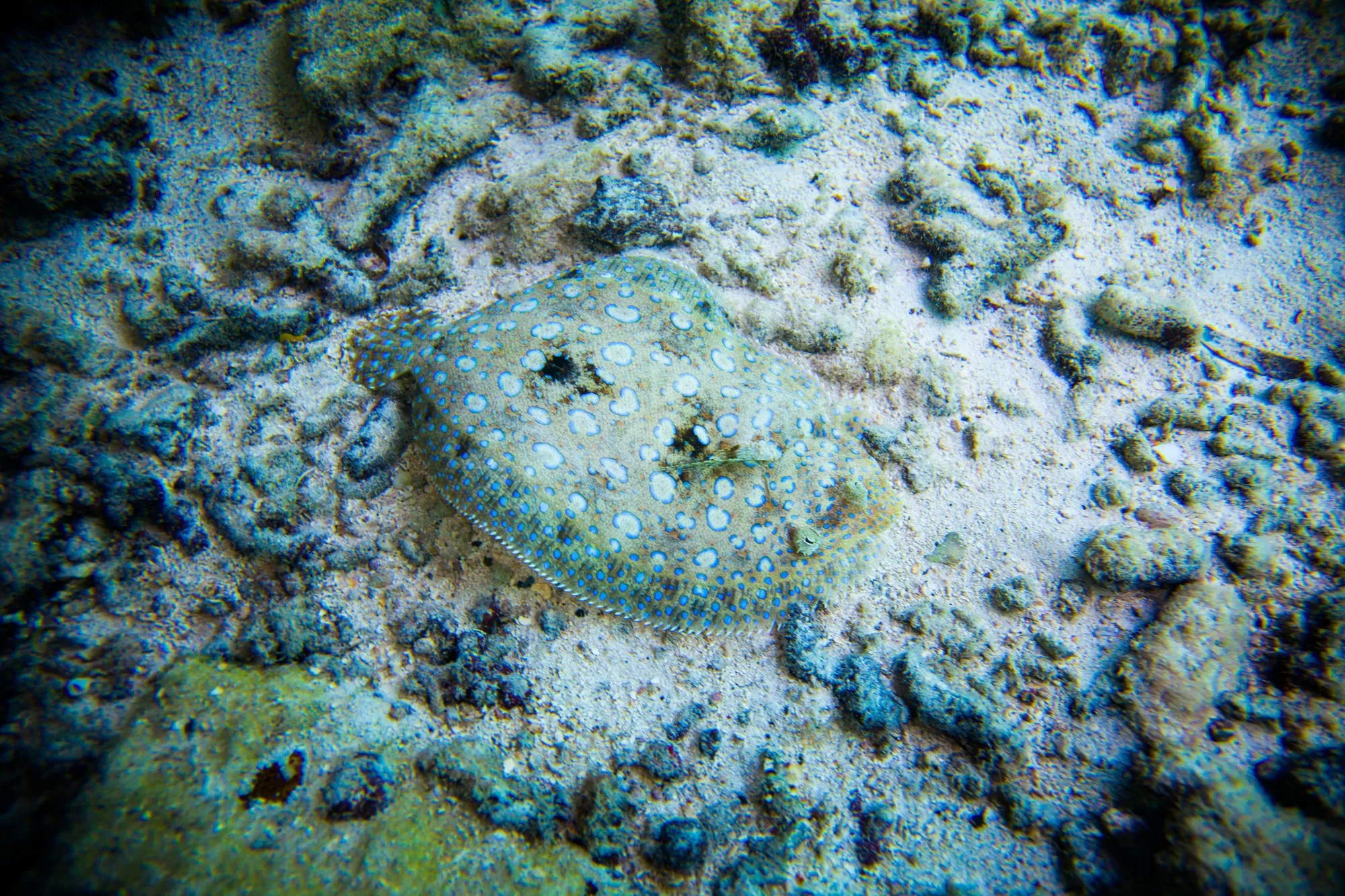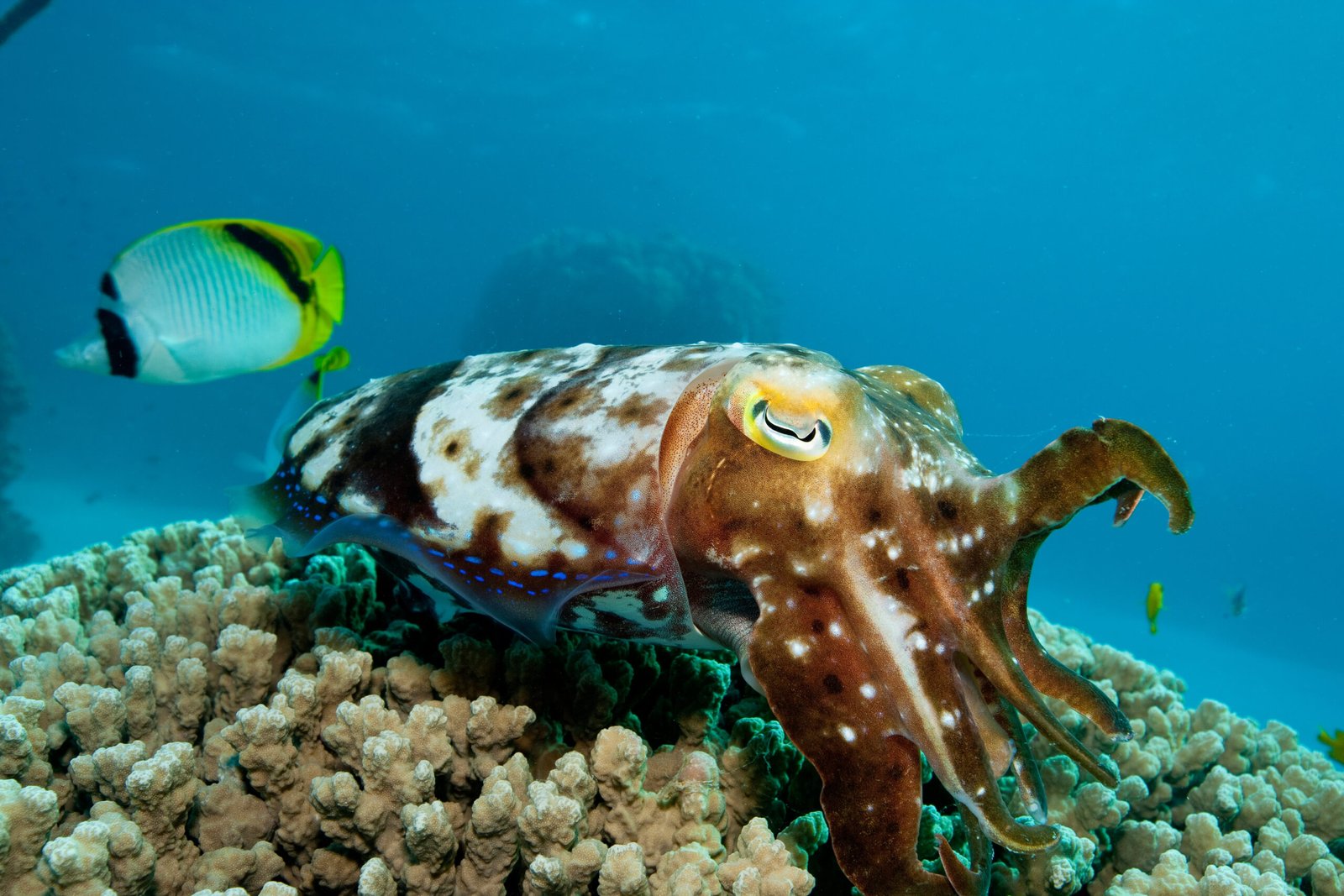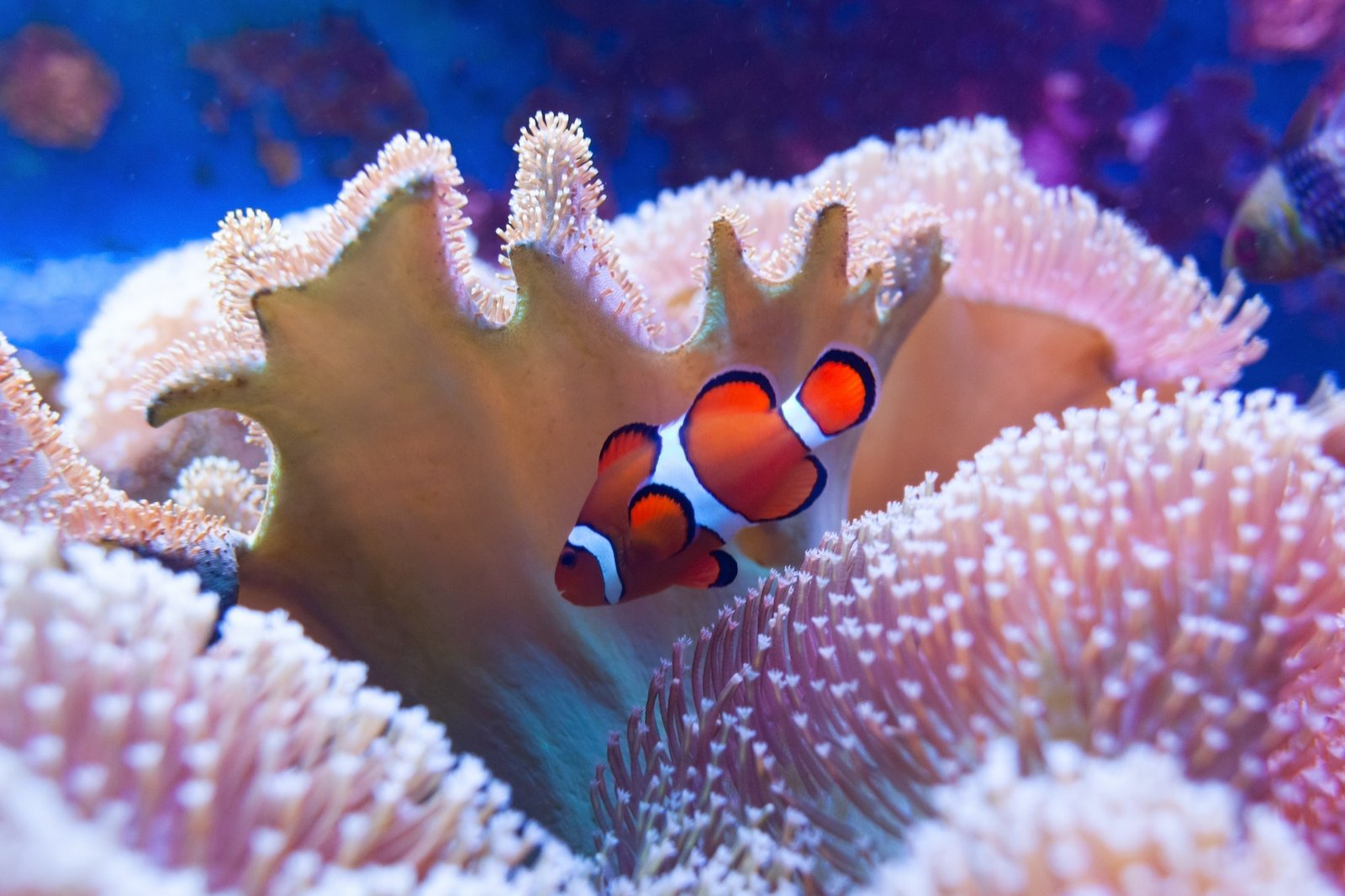
Dive into an underwater expedition as we explore the fascinating world of sea cucumbers. These intriguing creatures of the sea are awe-inspiring with their soft, elongated bodies resembling a cucumber, hence the name. Sea cucumbers are not quite your regular marine animals. They engender an array of interesting qualities that are worth your time to discover.
Sea Cucumber Information
Sea cucumbers are from the realm of Animalia, under the Phylum Echinodermata and Class Holothuroidea. They belong to the Order Aspidochirotida, Family Stichopodidae, Genus Thelenota, and Species ananas. In terms of size, they vary greatly, typically ranging from 4 inches to 12 inches, even extending up to 3 feet for some species.
Their weight is also diverse but on an average, they weigh around 150 grams.
Difference Between Sea Cucumbers And Other Related Subjects
Sea cucumbers are different from other marine creatures in many ways. For one, they belong to the same phylum as sea stars and sea urchins, but they don’t exhibit the hard exoskeleton characteristic of other echinoderms. Sea cucumbers have soft bodies that enable them to squeeze through tight spaces and crevices.
Additionally, sea cucumbers are unique due to their defense mechanisms. Unlike other marine organisms, sea cucumbers, when threatened, can expel their internal organs to distract their attacker. This process is called evisceration. They then regrow their organs a skill that many marine creatures do not possess.
Sea Cucumbers Diet
The diet of sea cucumbers is simple yet fascinating. These echinoderms are scavengers and primarily consume tiny aquatic animals, algae, and waste particles in seawater. They play a crucial role in purifying the oceans as they recycle nutrients and break down detritus.
Sea cucumbers have small, tentacle-like tube feet that help capture food. They can retract these tentacles into their bodies for safety. Grains of sand are also often ingested for their nutritional content of minute animals or algae.
Sea Cucumbers Breeding
Breeding in sea cucumbers happens externally- both sexes release sperm and eggs into the water, where fertilization occurs. The life cycle of sea cucumbers consists of three main stages – egg, larva, and adult.
The larvae float freely in the sea for a few weeks before settling onto the ocean floor and developing into adults. The predatory threats in the ocean make survival tough for the larvae, with only a minuscule percentage reaching adulthood.
Sea Cucumber Interesting Facts
Sea cucumbers, despite their simplistic exterior, carry a cornucopia of quirks.
– They are named after cucumbers due to their linear, elongated bodies.
– They have varying colors, from bright hues to dull shades, to blend with different seafloors.
– They defend themselves through evisceration: an act of expelling internal organs to deter predators.
– Many can regenerate their organs in weeks.
– Some sea cucumber species can swim in open water.
– Their skin can alter between soft and hard.
– They aid in decomposing dead organisms in the sea.
– They possess respiratory trees instead of gills or lungs.
– Certain species of pearlfish live inside sea cucumbers.
– Despite their name, they’re not suitable for eating raw.
Are They Friendly Towards Humans?
No harm lies in your path if you encounter sea cucumbers. They are pretty harmless, making no aggressive moves towards human beings. On feeling any kind of danger, their primary response is to flee.
However, they can release a deterrent substance in the presence of predators, which may cause irritation if it comes in contact with human eyes or mouth. While not normally dangerous, personal hygiene should be followed when handling these creatures.
Where To See Sea Cucumbers
Lovers of marine life can catch sea cucumbers in many places as they thrive in almost every marine environment, though they are densely populated on the seafloor. Regions offering great sightings include the Great Barrier Reef, Australia; Hawai’i in the United States; Eilat, Israel; Red Sea, Egypt; Maldive Islands, and Cebu, Philippines.
Can You Hunt Or Eat Sea Cucumbers?
Some sea cucumber species are edible and regarded as a delicacy in certain cultures, including Chinese and other Asian cuisines. They’re often dried and rehydrated, then cooked in soups or stews.
Despite this, the hunting of sea cucumbers should be done responsibly. Certain species are endangered due to overfishing, and communities are urged to practice sustainable fishing methods to maintain a balance in the marine ecosystem.
Conclusion
Exploring the quirks and fascinating attributes of sea cucumbers truly reveal nature’s astonishing diversity. Despite their simple exterior, they harbor many surprising characteristics and play a major role in purifying our oceans. Efforts should be undertaken to guard them, as with all marine life, so they continue to benefit the ecosystem and provide intrigue for many generations to come.
